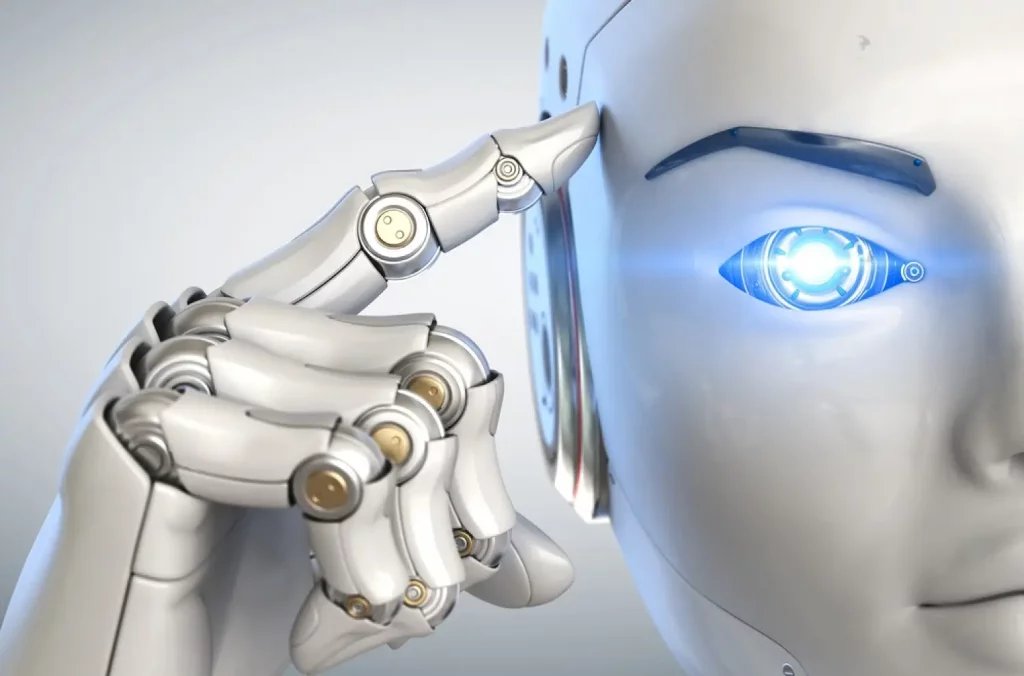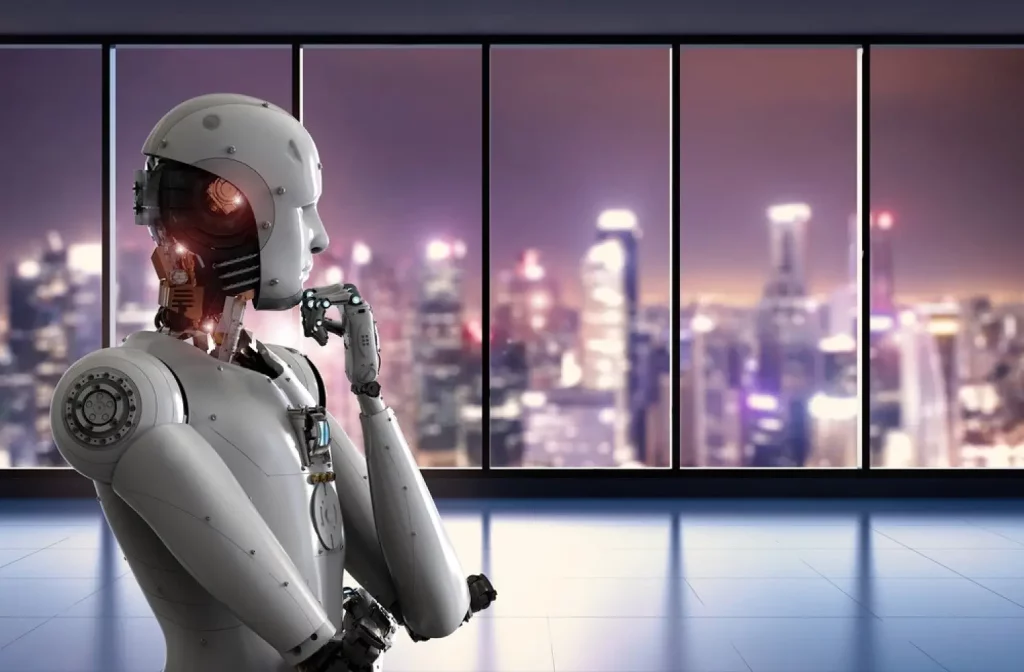Computer vision is a rapidly evolving field that has gained significant attention in recent years due to its numerous applications in various industries. It involves the use of artificial intelligence and computer algorithms to analyze and understand visual data from the world around us. From image recognition to autonomous vehicles, computer vision has become an essential technology in today’s world.
Computer vision has revolutionized many industries, including healthcare, retail, automotive, and security. It has made significant contributions to these industries by improving accuracy, efficiency, and safety in various tasks. For instance, it is being used to diagnose diseases, track inventory, detect road hazards, and prevent crime. Its potential for future innovation and impact is limitless.
In this blog post, we will discuss what computer vision is, how it works, and its applications in various industries. We will also explore the techniques used in image and video analysis and emerging trends that could shape the future of computer vision.
Whether you’re a technology enthusiast or a business owner looking to implement computer vision in your operations, this post will provide valuable insights into this exciting field.

What is Computer Vision?
Computer vision is a branch of artificial intelligence that focuses on enabling machines to interpret and understand the visual world. It involves the use of algorithms and models to analyze, interpret, and understand images and videos.
The primary objective of computer vision is to enable machines to recognize objects, people, and events in the same way as humans do.
Computer vision works by using various techniques, such as deep learning, machine learning, and computer graphics. These techniques allow machines to process and analyze visual data from cameras, sensors, and other sources. Computer vision algorithms use this data to identify patterns and relationships in the images and videos.
The applications of computer vision are vast and diverse. It is used in industries such as healthcare, retail, automotive, and security. In healthcare, computer vision is used for medical imaging, disease diagnosis, and treatment planning.
In retail, it is used for inventory tracking, product recommendations, and customer analytics. In automotive, computer vision is used for autonomous driving, object detection, and collision avoidance. In security, it is used for facial recognition, object tracking, and video surveillance.
Image Analysis
Image analysis is a technique used in computer vision to extract meaningful information from images. It involves processing and interpreting images to identify patterns and relationships between objects. Image analysis is essential in various fields, including medicine, engineering, and scientific research.
The importance of image analysis lies in its ability to provide accurate and reliable information that can be used to make informed decisions.
It is used in medical imaging to diagnose diseases, in engineering to analyze structures, and in scientific research to study phenomena that cannot be seen with the naked eye.
The different techniques used in image analysis include segmentation, feature extraction, and object recognition. Segmentation involves dividing an image into different regions based on its characteristics.
Feature extraction involves identifying key features of an image, such as edges and corners. Object recognition involves identifying and classifying objects in an image.
Video Analysis
Video analysis is a technique used in computer vision to analyze and interpret video data. It involves processing and interpreting video data to identify patterns and relationships between objects and events. Video analysis is essential in various fields, including surveillance, sports analysis, and entertainment.
The importance of video analysis lies in its ability to provide accurate and reliable information about events and objects in a video. It is used in surveillance to monitor and detect suspicious activities, in sports analysis to study player movements, and in entertainment to create special effects.
Techniques used in video analysis include motion detection and tracking, object recognition, and behavior analysis. Motion detection and tracking involve identifying moving objects in a video and tracking their movements.
Object recognition involves identifying and classifying objects in a video. Behavior analysis involves analyzing the actions of people and objects in a video.

Applications of Computer Vision
Computer vision has numerous applications in various industries, including healthcare, retail, automotive, and security. Its ability to analyze and interpret visual data has made it an essential technology in many fields.
In healthcare, computer vision is used for medical imaging, disease diagnosis, and treatment planning. It is used to analyze medical images and detect abnormalities that may indicate a disease. In retail, computer vision is used for inventory tracking, product recommendations, and customer analytics.
It is used to track products in a store and provide personalized product recommendations to customers. In automotive, computer vision is used for autonomous driving, object detection, and collision avoidance.
It is used to detect objects on the road and avoid collisions. In security, computer vision is used for facial recognition, object tracking, and video surveillance. It is used to identify and track people and objects in a video.
Future of Computer Vision
The future of computer vision looks promising with emerging trends such as 3D scanning, augmented reality, and virtual reality. 3D scanning allows for the creation of 3D models of objects and environments, which can be used in various applications such as virtual reality and 3D printing.
Augmented reality involves overlaying digital information onto the physical world, allowing for new possibilities in fields such as gaming and education. Virtual reality involves creating immersive digital environments that can be used in fields such as entertainment and training.
Another emerging trend in computer vision is edge computing, which involves processing data closer to the source rather than sending it to a centralized location. Edge computing is becoming increasingly important as more devices become connected to the internet, and the amount of data generated increases.
Conclusion:
Computer vision is a rapidly evolving field that has numerous applications in various industries. Its ability to analyze and interpret visual data has made it an essential technology in many fields, including healthcare, retail, automotive, and security.
With emerging trends such as 3D scanning, augmented reality, and edge computing, the future of computer vision looks promising. As this technology continues to advance, it will undoubtedly revolutionize the way we interact with the world around us.







Thanks for sharing. I read many of your blog posts, cool, your blog is very good.